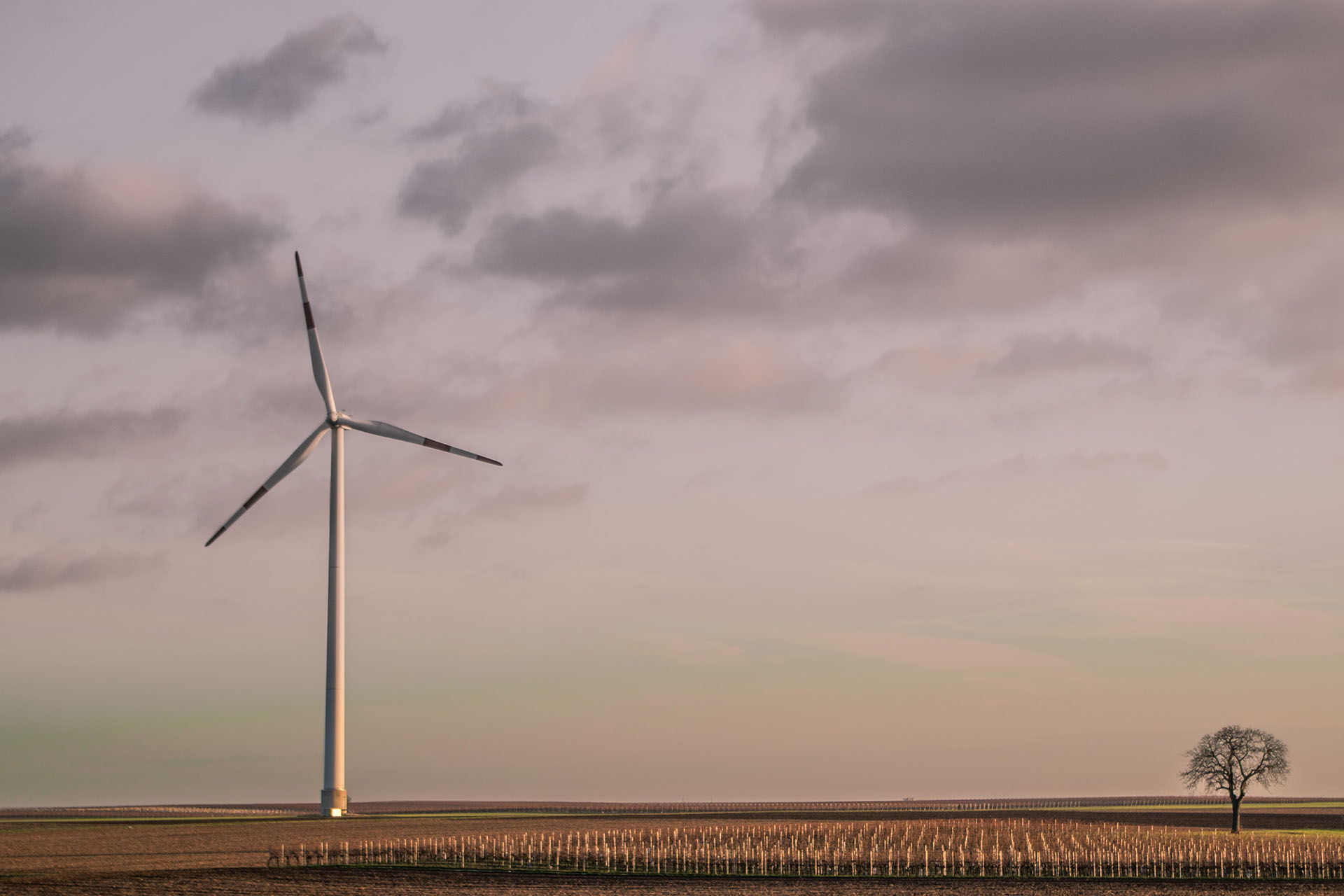It’s a brand new year, and with that comes the opportunity to carefully assess the full energy landscape across the globe. Without a doubt, renewable energy has become much more popular over the past decade—between 2011 and 2020, the amount of electricity produced in the U.S. from solar and wind sources increased almost four-fold. And according to the U.S. Energy Information Administration (EIA), renewable energy sources such as wind, solar, biomass, geothermic and hydroelectric generated about 21 percent of all of the country’s electricity in 2020, beating nuclear and coal. With these figures in mind, it’s fair to say that green energy is already in the spotlight, but what is in store for the clean energy of the future? In this blog, we’ll be looking at some of the most critical energy trends to watch in the coming years.
Clean Energy Sources Positioned to Grow
When we think about clean energy, oftentimes our minds go straight to the most talked-about sources, such as solar and wind. Indeed, these green energy sources are becoming increasingly common—but there are others that are starting to become more popular, namely green hydrogen, geothermal and biofuel.
Green Hydrogen
Green hydrogen is a fuel that can be created through electrolysis of water powered by renewable energy sources. In a fuel cell, hydrogen combines with oxygen to create electricity. As of now in the U.S., green hydrogen costs three times as much as natural gas. However, the U.S. government is investing $100 million into research and development of hydrogen and fuel cell technologies, including into large-scale, affordable electrolyzers. The European Union has also announced its intention to invest $430 billion into green hydrogen by 2030, according to Columbia University, making this fuel up-and-coming.
Geothermal
Another clean energy source for electricity and heat generation is geothermal, which comes from the inherent heat stored in the Earth beneath our feet. Geothermal energy is harnessed by pumping hot water from deep underground and turning it into steam which spins a turbine to create electricity. According to the University of Michigan, since 2016, geothermal development in the U.S. has grown by 2 percent per year, and electricity generated by this process is forecast to increase from 17 billion kWh in 2020 to 49.8 billion kWh in 2050.
Biofuel
In late 2021, United Airlines became the first airline in the world to operate a passenger flight using 100% non-petroleum-based sustainable aviation fuel in one of the airplane’s two engines. This aviation fuel was provided by the only commercial biofuel producer in North America, according to Business Insider, and displays an increasing interest in biofuels, which is derived from biomass such as plants, algae or animal waste. According to the EIA, production of biofuels in the U.S. is projected to be 18 percent higher in 2050 compared to 2019.
Go Green Today
While some of these clean energy sources may be cost-prohibitive or not widely used as of right now, there are steps you can take to help your business become greener right now. We offer solar and storage solutions for businesses that want to protect themselves against volatile energy prices and reduce their carbon footprint. Our partner, Dalkia Aegis, offers the installation and monitoring of a combined heat and power (CHP) system for on-site energy and heat generation. Additionally, our experienced team can also assess your current energy uses and make retrofits to your lighting, HVAC or refrigeration systems to increase energy efficiency and save you money. Looking to meet your facility’s sustainability goals? Reach out to us online or call (978) 306-6052 to learn how we can help you today.

 2022 and Beyond: The Clean Energy of the Future" />
2022 and Beyond: The Clean Energy of the Future" /> 